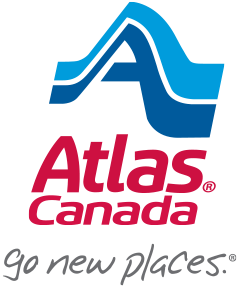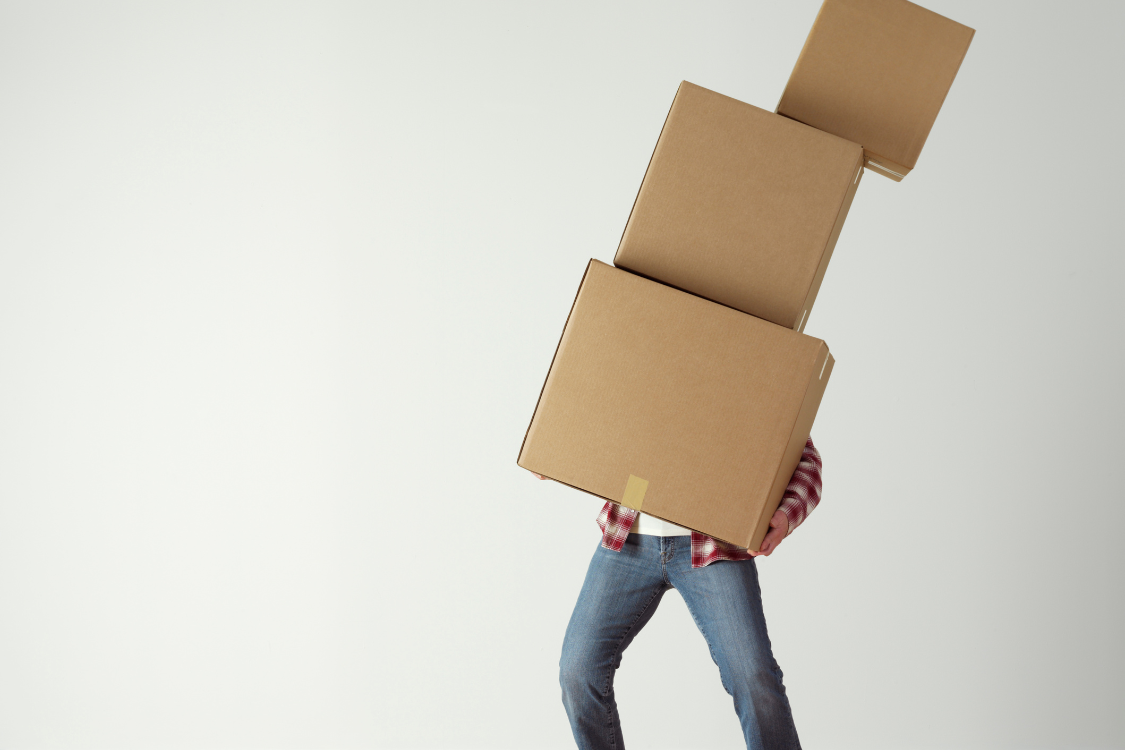Accurate estimates. Zero stress. All from your phone.
Planning a long-distance move in Canada? Then you know how important it is to get an accurate quote and a clear understanding of what your move will involve—before movers arrive.
At Atlas Van Lines Canada, we’ve made the pre-move process easier than ever with our AI-powered virtual survey tool, software designed to save you time, reduce stress, and ensure precision at every step of your move and storage.
What Is an AI Virtual Survey Tool?
Our virtual survey tool uses advanced artificial intelligence to streamline the moving quote process. Instead of waiting for an in-home consultation or manually listing your belongings into a calculator, you can simply walk through your home with your digital device, phone or tablet.
The AI program analyzes your video in real time and automatically builds a detailed, room-by-room 3D inventory—complete with instant estimated weights, quantities, and photos.
Four Ways to Complete Your Survey
We know every customer has different preferences, which is why we offer four flexible options:
- Self‑Survey – Do it yourself online using a web browser-based tool—no app download required.
- Guided Survey – Join a quick virtual session with a move expert who walks you through it.
- In‑Home Survey – One of our team members completes the walkthrough using the same AI tool.
- Fully Managed Survey – Let us handle everything through management by a trained remote surveyor.
Why It Matters for Long-Distance Moves
Long-distance moves involve more planning, logistics, and cost considerations than local moves. Having an accurate inventory early on is best to help you:
- Get a reliable estimate with no surprises
- Plan ahead for packing, delivery, and timing
- Understand your options for valuation coverage and specialty services
- Avoid delays caused by missing or miscounted items
What You Get
As soon as your survey is complete, you’ll receive:
- A colour-coded, room-by-room inventory with photos
- Estimated weights and volumes for each space
- A shareable link or downloadable PDF
- A precise, personalized quote—often ready within minutes
- The option to e‑sign your agreement instantly, helping you book faster and with confidence
Backed by Smart Tech and Trusted Support
This AI-powered estimator tool is trusted across the industry for its speed, accuracy, and transparency. It delivers:
- 3x more surveys completed per day
- 30% reduction in survey costs
- Secure, encrypted data handling aligned with SOC‑2 and ISO 27001 standards
- Seamless integration with our internal systems, reducing delays and improving accuracy across your move
Move With Confidence
When you book with Atlas Van Lines Canada, you’re backed by over 60 years of long-distance moving expertise—and supported by technology designed to make every step easier.
Start with a free estimate today and receive your Personalized Moving Guide to help you plan with confidence.
Start your quote now and discover how easy your move can be.













